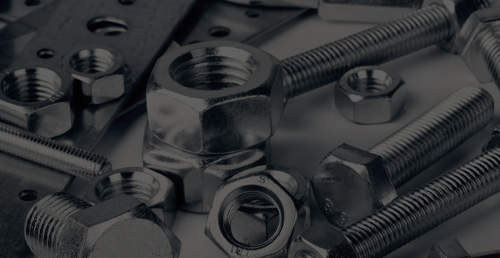Choosing the Right Screws for 15mm Chipboard Projects and Best Practices for Installation
The Importance of Choosing the Right Screws for 15mm Chipboard
When working with chipboard, especially 15mm thick panels, enthusiasts and professionals alike understand the significance of selecting the right screws. The right fastener can make a substantial difference in the durability and strength of the final product, whether it’s furniture, cabinetry, or shelving. Understanding screw types, materials, and driving techniques can enhance the overall quality of your projects.
Understanding Chipboard
Chipboard, also known as particle board, is made from wood chips, sawmill shavings, or even paper that is bonded together using adhesives and heat. It is an economical choice for various applications, especially in furniture manufacturing and interior construction. The standard thickness of chipboard can vary, with 15mm being a common thickness for shelves and lightweight furniture components. Given its construction, chipboard can be less durable than solid woods, making the choice of screw vital to its integrity.
Choosing the Right Screws
When fastening 15mm chipboard, several characteristics of screws need to be considered
1. Length Ideal screw length is crucial for ensuring a strong hold without risk of breakthrough. Typically, screws that are 30-35mm long are suited for connecting 15mm chipboard to other pieces of chipboard or to different materials. The general rule is to use screws that are at least twice the thickness of the material being joined.
2. Diameter The diameter of the screw affects how well it grips the material. For chipboard, a screw with a diameter of 3.5mm to 4.5mm usually suffices. It's essential to strike a balance; a wider screw might create a stronger grip but could compromise the integrity of thinner chipboard.
3. Thread Type Screws come with various thread types, including coarse, fine, or self-tapping threads. Coarse threads are generally preferred for chipboard as they are better at gripping into the softer material. Some screws even come with specific designs for particle boards, featuring deeper threads that provide better holding power.
15mm chipboard screws

4. Material & Coating The screw material can impact corrosion resistance and longevity. Stainless steel screws may be ideal for areas with moisture, while standard steel screws are typically sufficient for indoor applications. A galvanized or coated screw provides an additional layer of protection against rust, which can be particularly important in humid environments.
Techniques for Installation
Installing screws into chipboard requires some finesse to prevent splitting and damage. Here are a few tips
- Pilot Holes Drilling pilot holes is highly recommended when working with chipboard. This process reduces the risk of the material splitting and ensures a clean entry point for the screw. For 15mm chipboard, a pilot hole that is slightly smaller than the screw's diameter usually works well.
- Screw Depth Take care when driving screws into chipboard. Over-driving can cause the material to compress and weaken the grip. Ideally, the head of the screw should sit just below the surface of the chipboard without breaking through.
- Screwdriver or Drill Settings Use a power drill with adjustable torque settings. Start with a lower torque to avoid damaging the chipboard as the screw is driven in, then gradually increase as necessary.
Conclusion
Selecting the right screws for 15mm chipboard is a fundamental aspect of ensuring your project’s success. It involves considering the screw's length, diameter, thread type, and material. Moreover, employing the correct installation techniques can further enhance the structural integrity of your finished product. Whether you are assembling furniture or building cabinets, paying attention to these details will ensure that your work stands the test of time. Choosing wisely will not only lead to aesthetically pleasing results but will also provide lasting functionality.
-
Weatherproof Plastic Expansion Anchors for Outdoorਖ਼ਬਰਾਂJun.06,2025
-
Sustainability in the Supply Chain: Eco-Friendly TEK Screws Productionਖ਼ਬਰਾਂJun.06,2025
-
Load-Bearing Capacity of External Insulation Fixingsਖ਼ਬਰਾਂJun.06,2025
-
Double Head Bolts: Enhancing Efficiency in Industrial Machineryਖ਼ਬਰਾਂJun.06,2025
-
Corrosion Resistance in Chipboard Screws: Coatings for Wholesale Durabilityਖ਼ਬਰਾਂJun.06,2025
-
Butterfly Toggle Bolts : Enhancing Structural Resilienceਖ਼ਬਰਾਂJun.06,2025
